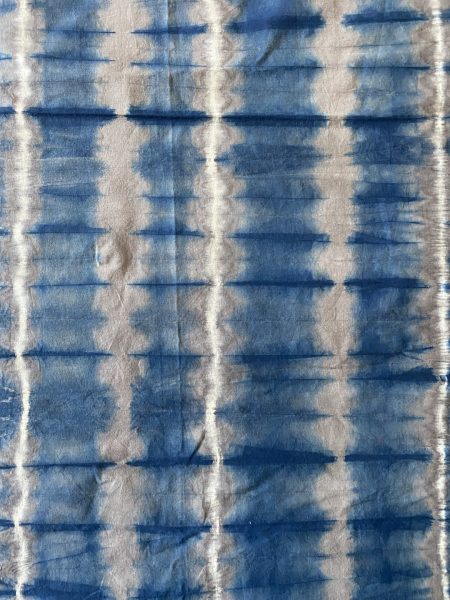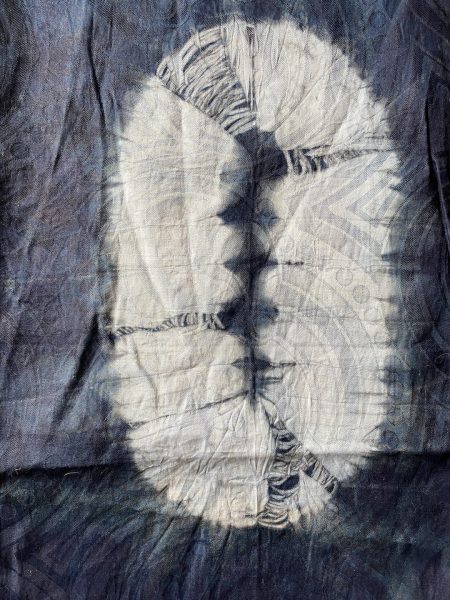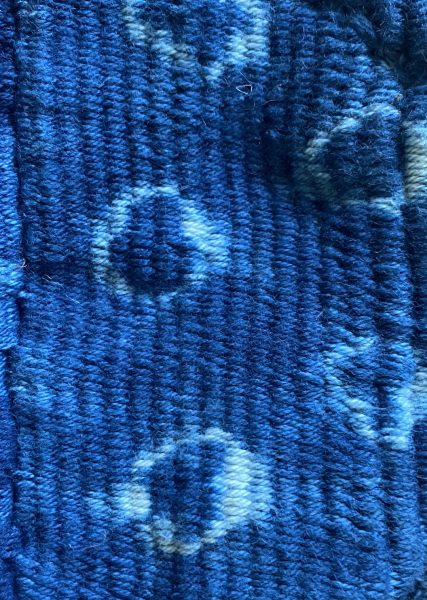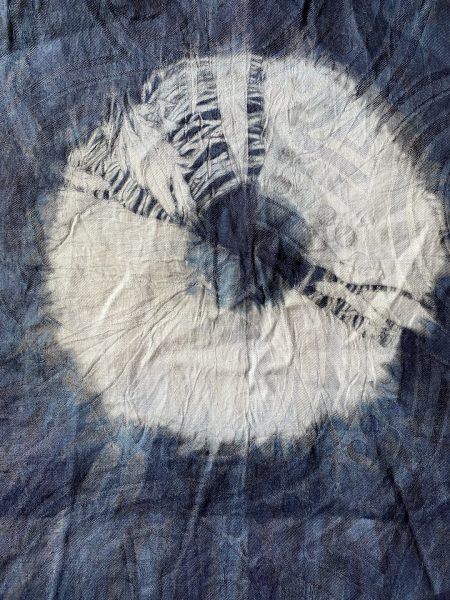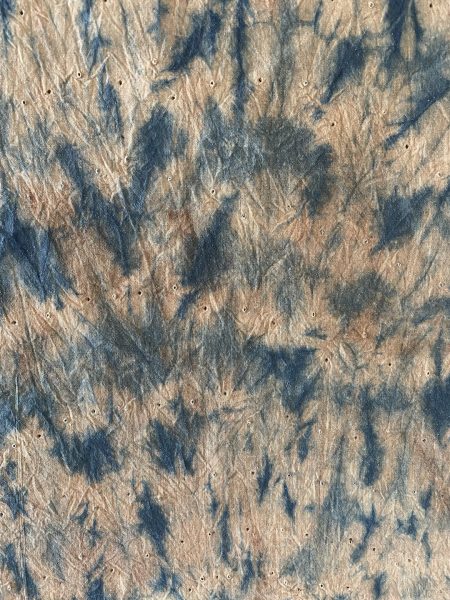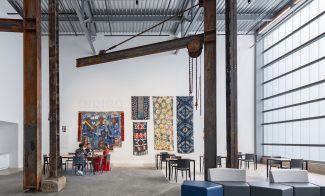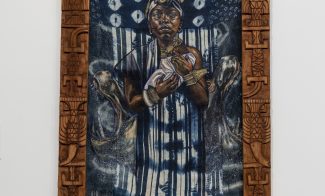Download PDF / Descargar PDF
Download additional PDF / Descargar PDF adicional
|
Make old cloth look new using traditional Adire Oniko techniques with Rit All-Purpose Dye. Adire Oniko is the name for traditional tie and dye techniques from the Yoruba people of West Africa. Please be mindful that this activity in-volves fabric dyeing. While Rit All-Purpose Dye is non-toxic, it should be used with care, following the instructions carefully, and under adult supervision. |
Dale un aspecto nuevo a una tela vieja con las técnicas tradicionales del Adire Oniko y el tinte Rit All-Purpose Dye. Adire Oniko es el nombre de las técnicas de teñido con anudado del pueblo yoruba de África Occidental. Ten en cuenta que esta actividad implica teñir telas. Si bien Rit All-Purpose Dye no es un tinte tóxico, debe usarse con cuidado, siguiendo las instrucciones con atención y bajo la supervisión de un adulto. |
Materials/Materiales:
|
|
|||
Instructions / Instrucciones:
|
|
|
Stephen Hamilton is an artist and arts educator living and working in Boston. Stephen’s work incorporates both Western and African techniques, blending figurative painting and drawing with resist-dyeing, weaving, and woodcarving. Each image is a marriage between the aesthetic perspectives and artistry of both traditions. |
Stephen Hamilton es un artista y educador de arte que vive y trabaja en Boston. La obra de Stephen incorpora tanto técnicas occidentales como africanas, fusionando la pintura y el dibujo figurativos con el teñido por reservas, el tejido y el tallado en madera. Cada imagen es una unión de las perspectivas estéticas y artísticas de ambas tradiciones. |
|
Share your artwork on social media with #ICAartlab |
Comparte tu experiencia en redes sociales con #ICAartlab |
